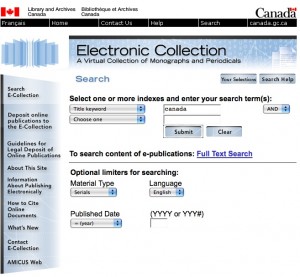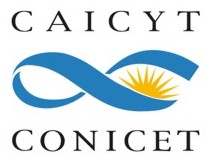Date: July 9, 2009

Presenter: Michael Felczak, PhD student, School of Communication, Simon Fraser University. Online editor for the Canadian Journal of Communication, a researcher at the Centre for Policy Research on Science and Technology and at the Applied Communication Technology Lab at SFU, as well as researcher and developer for PKP.
Session Overview
Michael began with the following quote, adding clarity by framing it in today’s expanded use of internet, to set the stage for his presentation:
“The power of the web is in its universality. Access by everyone regardless of disability is an essential aspect.” – Tim Berners-Lee, inventor of the world wide web.
Web Content Accessibility Guidelines were reviewed. The main idea is to provide text alternatives for non-text content. This enables people with text tools to use it with assistive devices to access content.
Today, he focused on video in particular because it is being used so widely today. For example, a text transcript would be satisfactory to meet guidelines to accompany with the video. Restricting our understanding in terms of disability, doesn’t really address the needs of others online.
What about users with internet connections one day, but not the next? Downloading the video would still allow access if no connection.
What about users with expensive internet connections? Paying for each megabyte every time they access your site costs money.
What about users with slow or unstable connections? If they could download and save it offline, they could view it later.
What about users relying on mobile devices…developing countries, students, or faculty who use the latest gadgets? Flash support is starting to appear on some devices, not others. Apple isn’t interested.
These examples show we need to broaden our conception to be more socially inclusive.
We can improve if we:
1. provide direct download options
2. multiple file formats for Window, Apple and Linux
3. offer high and low resolution files for download options. Content shouldn’t download unless you click play. [In some cases, it begins downloading right away, tying up bandwidth.
Linux
– a third of all Dell notebooks are Linux
– developing countries are using Linux
– non-profits provide free PCs using Linux
We should also license audio/video using Creative Commons to allow sub-titles or use in other languages and allowing local distribution on other media.
We encourage CC symbol and use.
The online publisher will experience cost and time. Windows, Apple and Linux all require technology tools. Each time you use audio and video, you can convert the files to other formats quite easily. SUPER, by eRightSoft, is the popular tool for converting files. See the slides online for the various tool formats and details.
Final notes:
– start with the original each time to convert files and avoid loss of quality
– the higher the resolution, the higher the file size
– similar problems and principles apply to audio
– many free resources and guides are available online
Audience Discussion and Questions:
[Please note that questions and answers have been paraphrased]
1. Are there no standards that apply for video and audio? In theory, yes, but in practice, Windows wants their standards, Apple wants theirs, etc. It comes down to this – as a publisher, can you do a little extra to do the work or do you want to force your readers to do the work of finding a reader? I think it makes sense for the publisher to do a little extra work and save readers the time.
2. <Question not heard> In NA, we assume everyone connects the same way and we design tools to interact with content in that context. We need to rethink this.
3. Comment: As someone who came from performing arts, I did quite a bit of research on voice description, for example. A low vision patron viewing the video can still access the content if someone is describing movement,etc. This could be included.
4. Comment: I think it’s very healthy to revisit everything that is done so that it improves. Issues with accessibility are very important and we’re seeing mobile access growing, and access to indigenous areas, are very important. It’s more than providing tools, it’s showing them how to use it, how to use it safely, and it’s a daunting task. You need a large team. I’m glad to be here and see this room full of people talk about an important aspect: allowing people of different cognitive abilities and others to access and understand content. Thank you.
5. Do you have any resources for simple language symbols, in terms of translating a text so that it’s more readable for a more visual learner? The blogger suggested that resources requested may be available from Dr. Rose at CAST, the Universal Design for Learning website listed below.
Presentation link: to be added by conference organizers.
Related Links:
Web Content Accessibility Guidelines
Converter software from SUPER
Universal Design for Learning, CAST

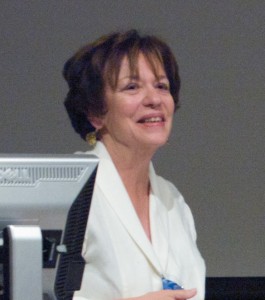

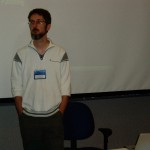

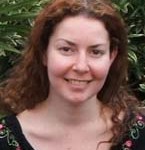 (
(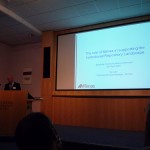
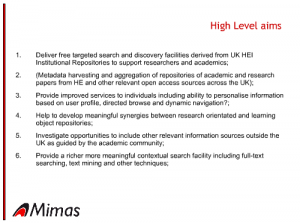 (
(